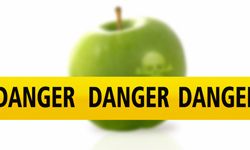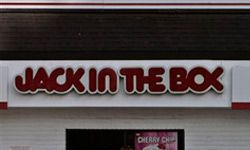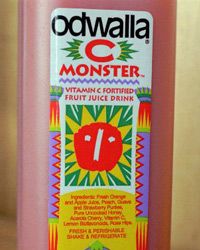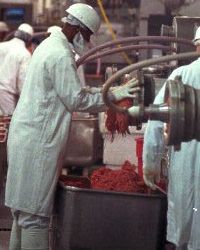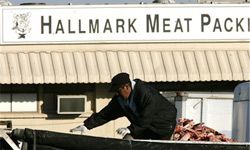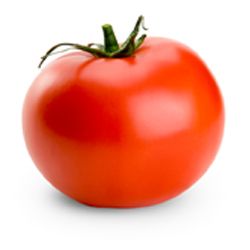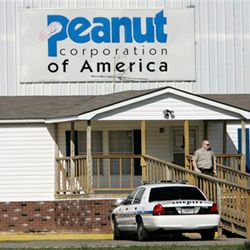Let's preface this depressing list by saying we reap a lot of benefits from the globalization of food products. For one, our diets have grown more diverse now that we can find foods that originate from all the different corners of the world in our local grocery store. But there are downsides, too. For one, when you haven't grown or slaughtered your own dinner, you can't be sure where it's been. We have to rely on companies and government oversight to make sure what we're eating is safe -- and as we'll see, it doesn't always work.
According the Centers for Disease Control (CDC), food-borne illnesses cause about 300,000 hospitalizations and 5,000 deaths every year in the United States [source: CDC]. Common causes are outbreaks of bacteria such as salmonella and E. coli. It seems every time the public starts to regain trust in food handling safety, a new story breaks about another massive food recall.
Advertisement
These outbreaks are not only blows to victims' health, but also the economy. In the United States, the economy hemorrhages about $7 billion every year due to these outbreaks [source: Washington Times]. The recall costs, which include getting food off shelves, handling lawsuits, revamping plants and repairing public relations, can be gargantuan for companies. And that's not counting the tainted reputation and lost sales that can be difficult to monetize.
In the next few pages, we'll go through some of the biggest recalls and their devastating effects on companies.
